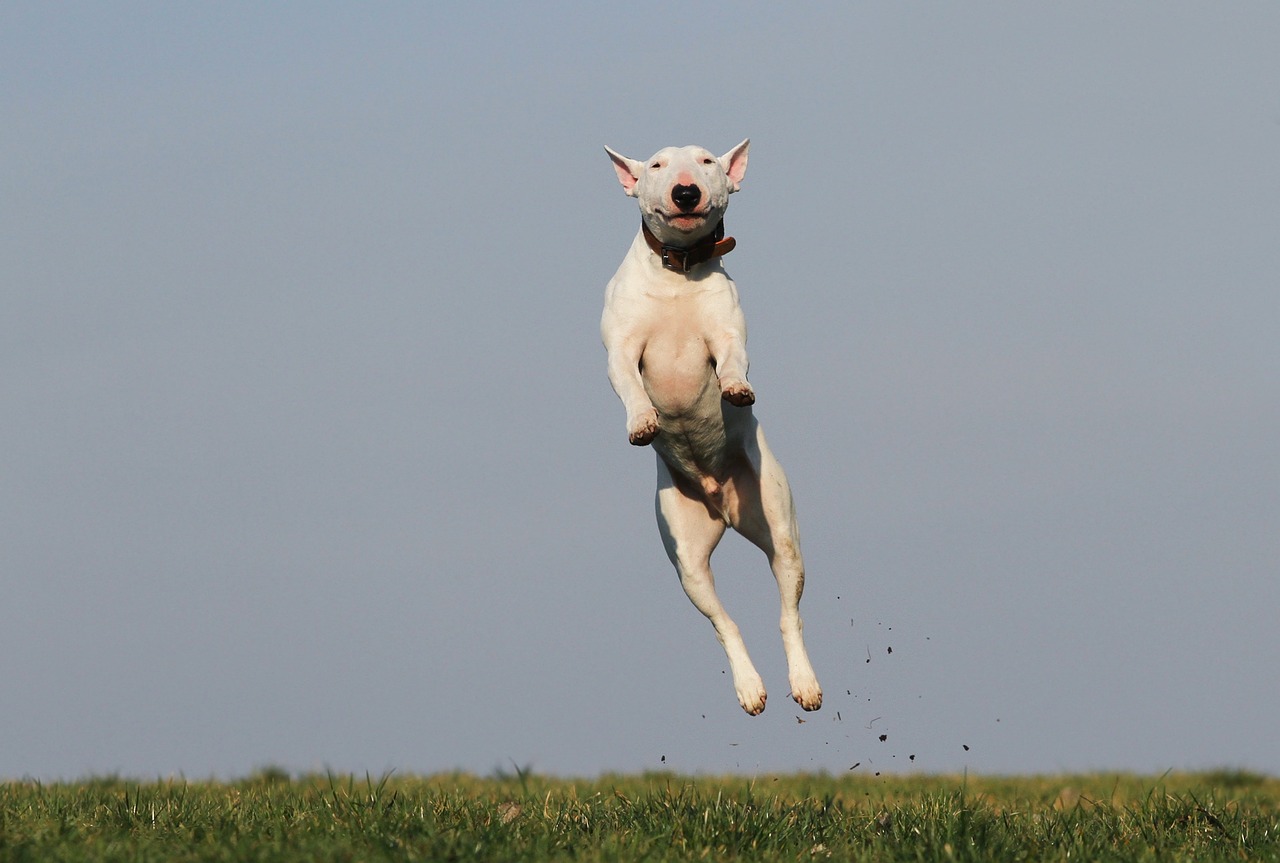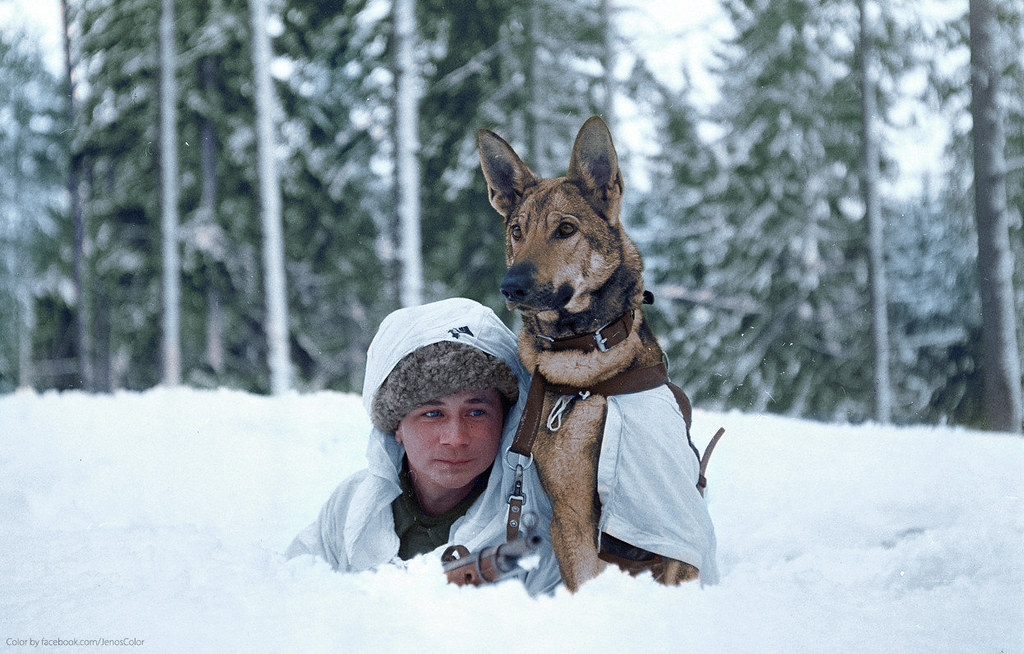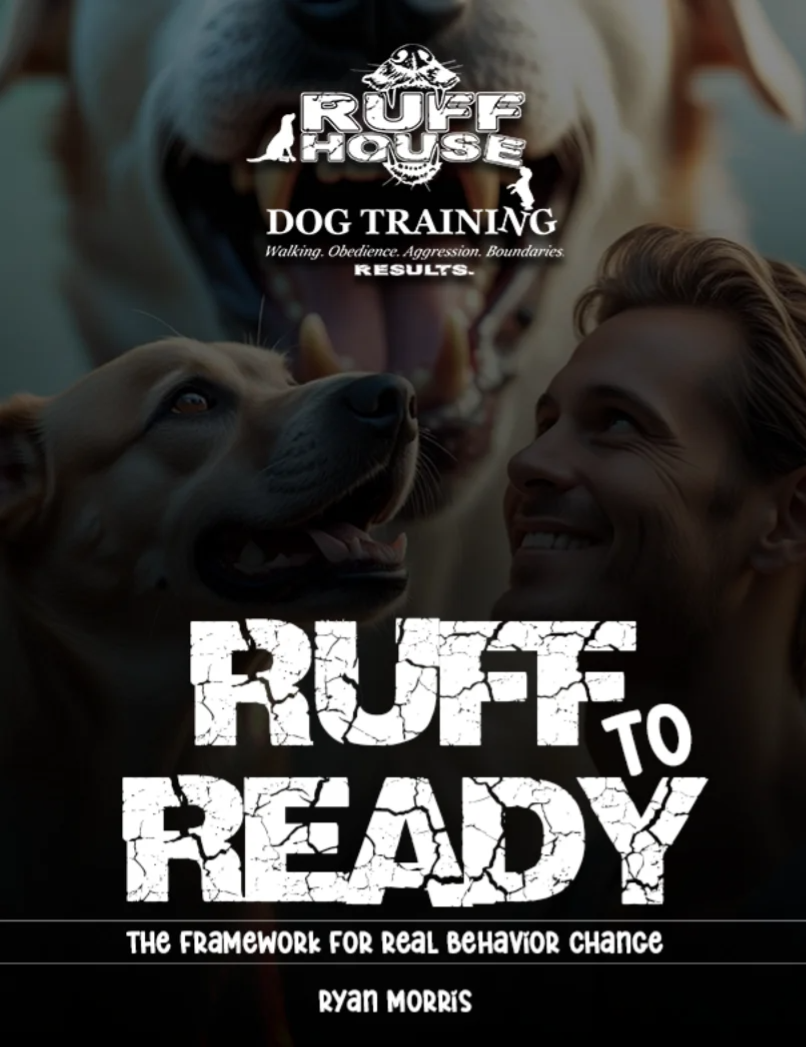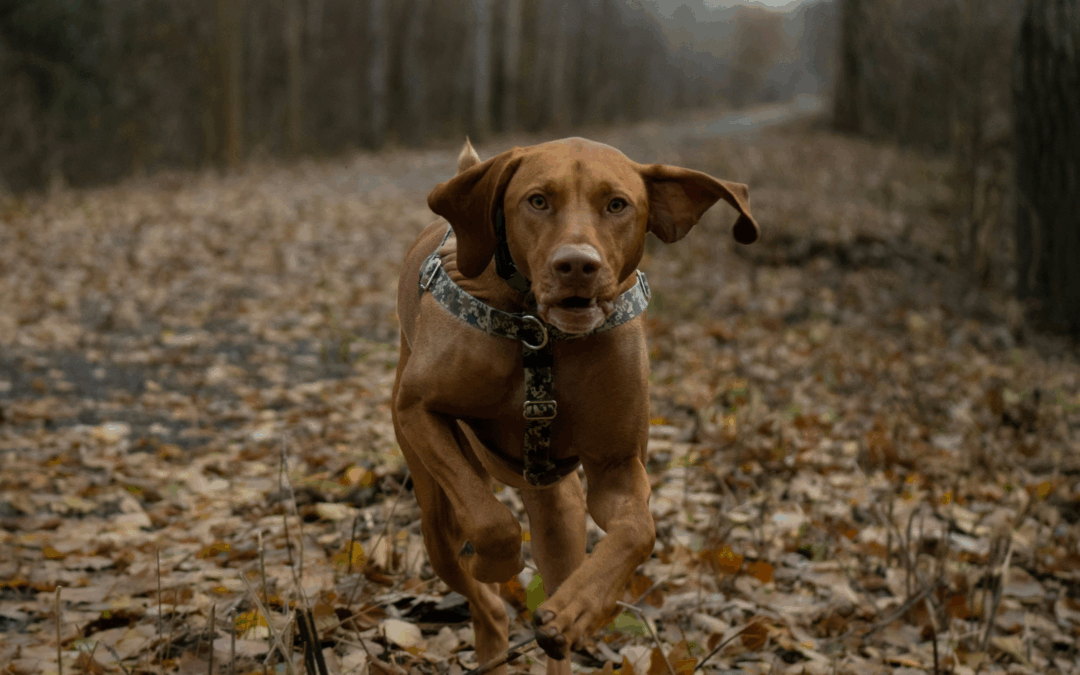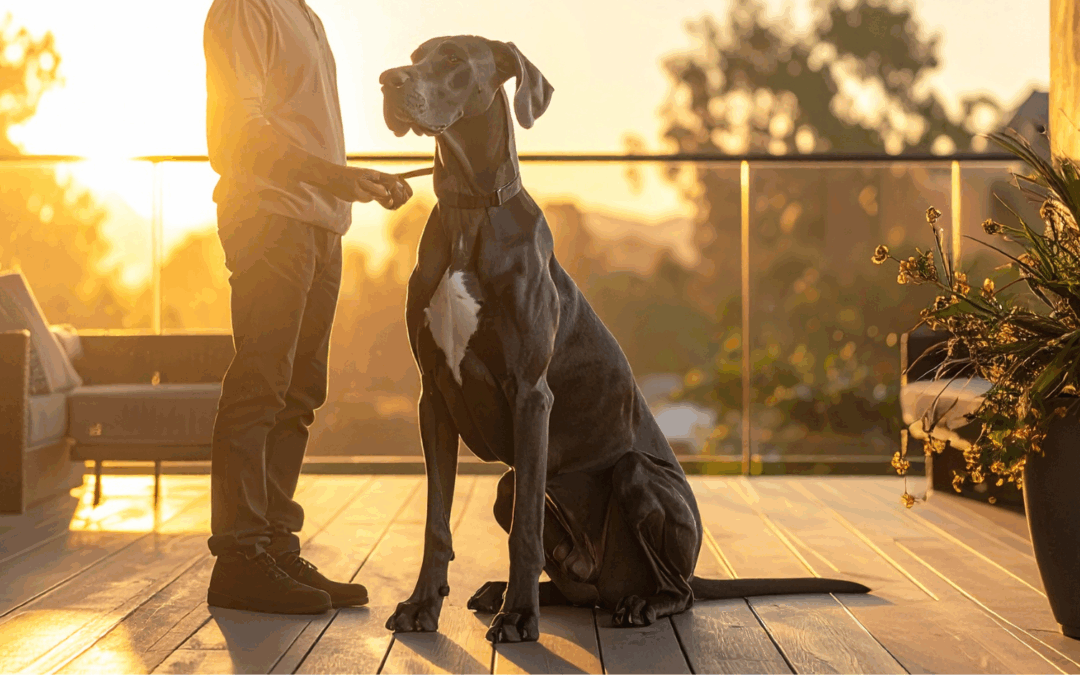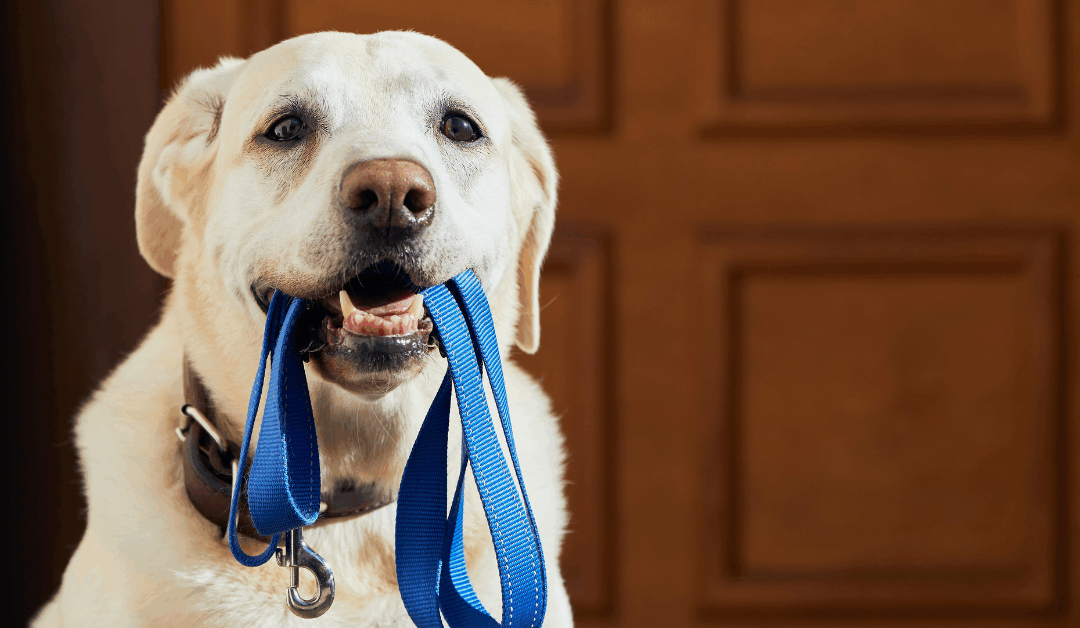Every dog owner faces the same challenge: how to transform their energetic, sometimes chaotic furry friend into a well-behaved companion. With countless dog training methods available, choosing the right approach can feel overwhelming. Some trainers swear by positive reinforcement, while others advocate for balanced training approaches that incorporate various techniques.
Understanding different training methods isn’t just about teaching your dog to sit or stay. The approach you choose shapes your relationship with your pet, influences their behavior long-term, and affects their overall well-being. Whether you’re dealing with a new puppy or addressing behavioral issues in an older dog, the training method you select will determine how effectively your dog learns and how much both of you enjoy the process.
This comprehensive guide explores the most popular and effective dog training methods, helping you make an informed decision that suits both your lifestyle and your dog’s unique personality. From science-based approaches rooted in operant conditioning to relationship-based techniques that prioritize bonding, we’ll examine the benefits and considerations of each method.
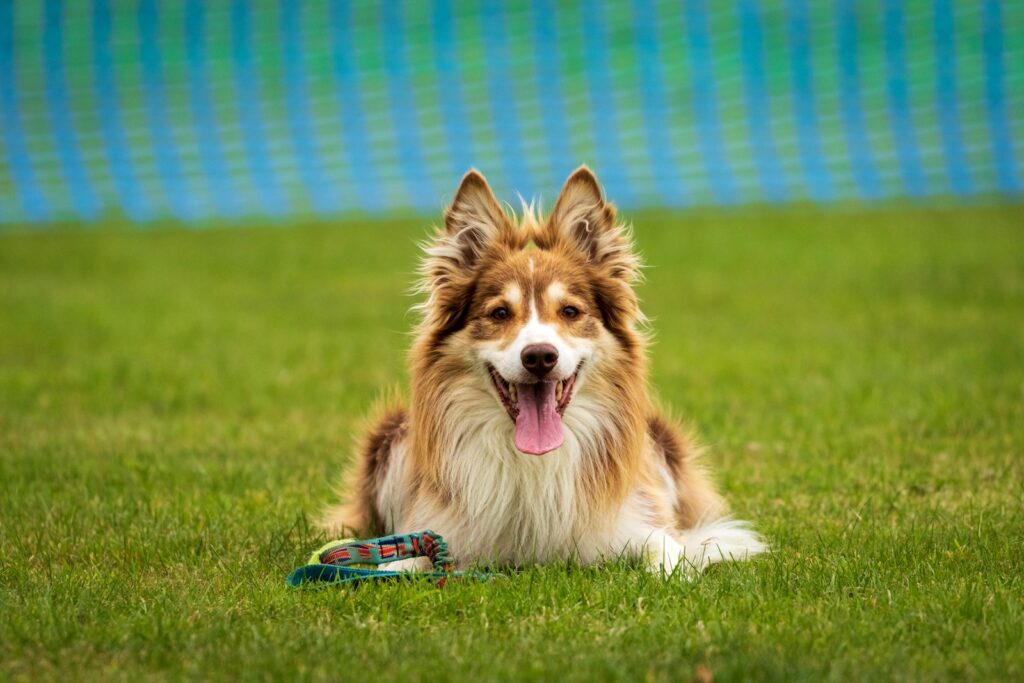
Photo by Roger Chapman on Unsplash
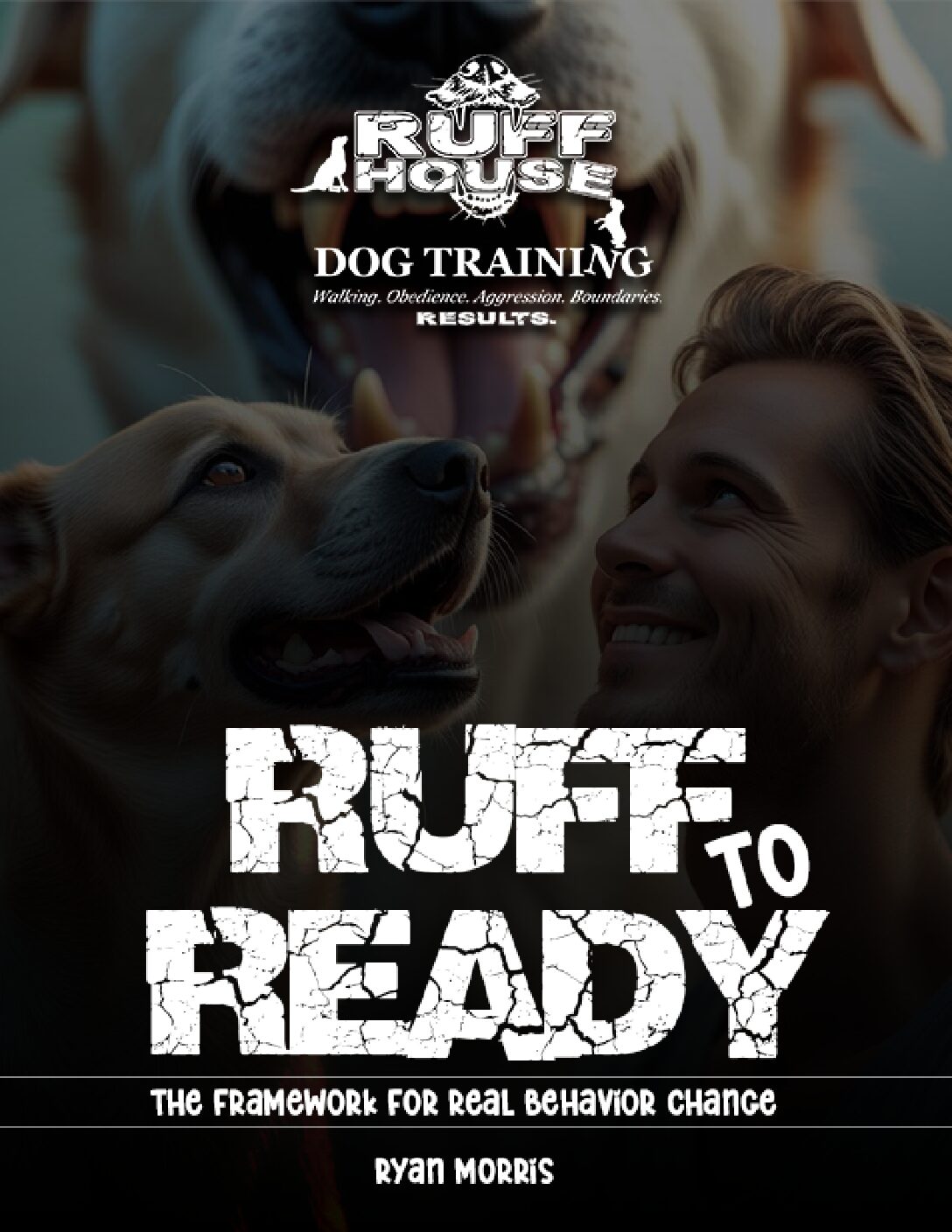
Get the Ruff to Ready framework and start making progress with your dog today.
"*" indicates required fields
Understanding the Science Behind Dog Training And How Dogs Learn
Before diving into specific training methods, it’s essential to understand how dogs learn. Modern dog training is built on principles of operant conditioning, a learning theory developed by psychologist B.F. Skinner. This approach focuses on how consequences shape behavior through reinforcement and punishment.
Dogs learn through associations and consequences. When a dog performs a desired behavior and receives something pleasant (like a treat), they’re more likely to repeat that behavior. Conversely, when an action results in an unpleasant consequence, the dog becomes less likely to repeat it.
Classical conditioning, famously demonstrated by Ivan Pavlov, also plays a role in training. This process involves creating associations between stimuli. For example, the sound of a clicker becomes associated with receiving a reward, making the click itself reinforcing.
Understanding these learning processes helps explain why some training methods work better than others and why consistency is crucial during training sessions.
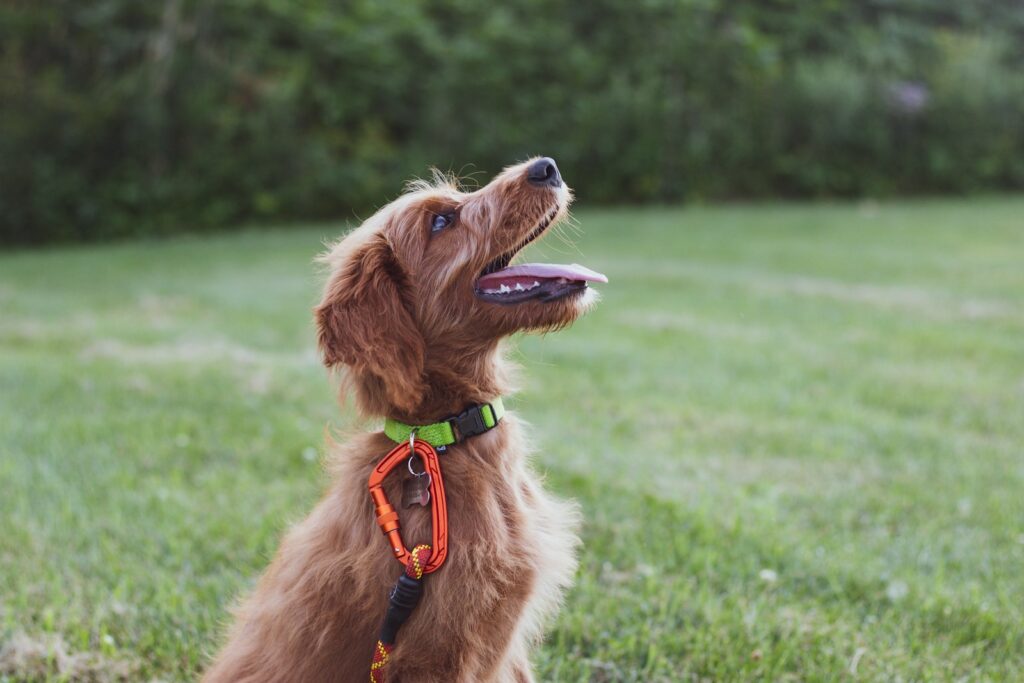
Photo by Reed Shepherd on Unsplash
Clicker Training
Clicker training represents a specific form of reinforcement that uses a small device that makes a clicking sound to mark desired behaviors. The clicker serves as a “bridge” between the behavior and the reward, providing precise timing that helps dogs understand exactly what they did right.
The process begins with “charging” the clicker by associating the sound with treats. Once the dog understands that clicks predict rewards, trainers can use the clicker to capture and shape behaviors with remarkable precision. This method excels at teaching complex tricks and refining specific behaviors.
Many professional trainers favor clicker training because it provides clear communication and allows for nuanced behavior shaping. Dogs can learn to distinguish between subtle variations in behavior, making it possible to teach intricate tasks and improve existing skills.
The main limitation of clicker training is the need for proper timing and technique. New trainers often struggle with coordination, clicking at the wrong moment and potentially confusing their dogs. Additionally, some dogs may become overly dependent on the clicker, though this can be addressed through proper fading techniques.
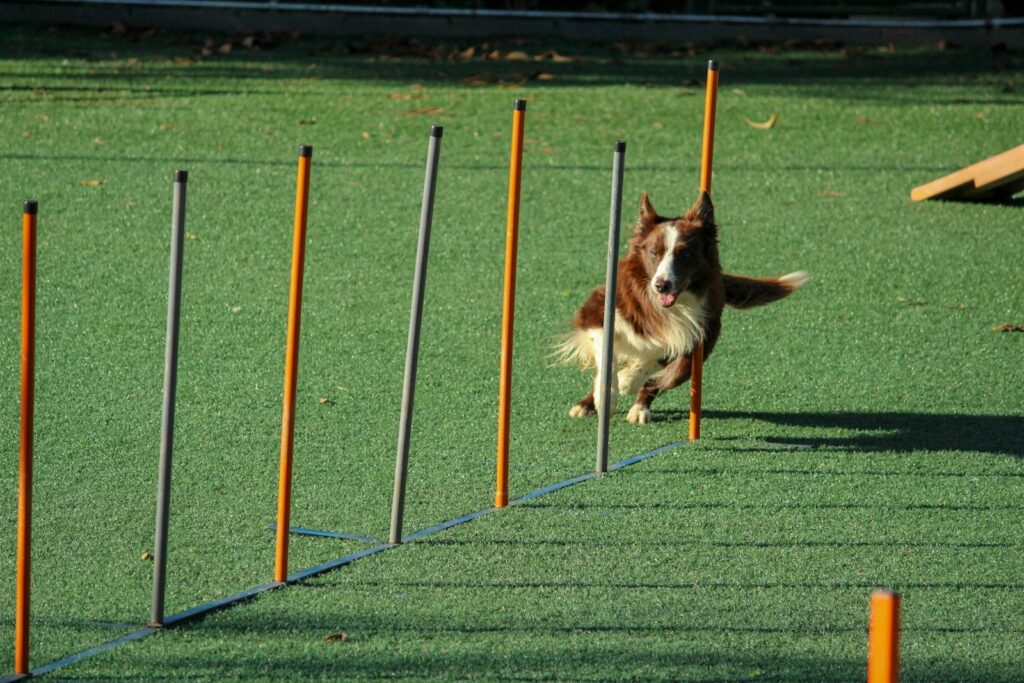
Photo by Murilo Viviani on Unsplash
Balanced Training Approaches
Balanced trainers incorporate both positive reinforcement and negative reinforcement, along with positive and negative punishment when appropriate. This comprehensive approach aims to address the full spectrum of learning theory while maintaining a positive relationship with the dog.
Proponents of balanced training argue that real-world situations require dogs to understand both what they should do and what they shouldn’t do. By incorporating various consequences, balanced trainers believe they can more effectively address challenging behavioral issues while still maintaining motivation and engagement.
Negative reinforcement in balanced training might involve applying gentle leash pressure that releases when the dog moves into the correct position. This differs from punishment because it involves removing something unpleasant when the dog performs the desired behavior.
The controversy surrounding balanced training often centers on the use of punishment and correction tools. Critics worry that inexperienced owners might apply corrections incorrectly, potentially creating fear or anxiety. However, skilled balanced trainers emphasize that punishment should be minimal, well-timed, and always balanced with positive reinforcement.
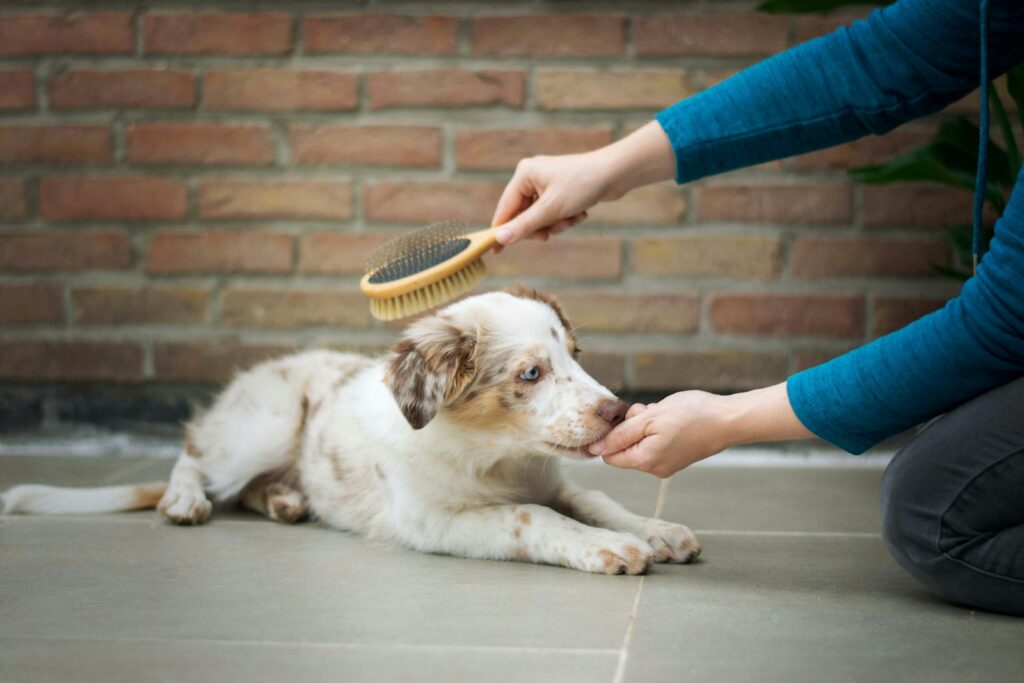
Photo by Ayla Verschueren on Unsplash
Relationship-Based Training
Relationship-based training prioritizes the bond between dog and owner above specific techniques. This approach recognizes that every dog is unique and that training should be tailored to the individual animal’s personality, history, and needs.
Rather than following rigid protocols, relationship-based trainers focus on understanding what motivates each dog and building trust through consistent, fair interactions. This method emphasizes communication, patience, and mutual respect between human and canine partners.
The relationship-based approach often incorporates elements from various training methods but always considers the emotional impact on the dog. Trainers using this method pay close attention to body language, stress signals, and individual preferences to create customized training plans.
This method particularly benefits dogs with anxiety, fear, or past trauma, as it prioritizes emotional well-being alongside behavioral goals. However, it may require more time and expertise to implement effectively, as it demands a deeper understanding of canine psychology and behavior.
Science-Based Training Methods
Science-based training methods rely on peer-reviewed research and evidence-based practices to guide training decisions. These approaches emphasize understanding the underlying mechanisms of learning and behavior change rather than following tradition or intuition.
Modern science-based training typically favors reinforcement due to extensive research demonstrating its effectiveness and minimal side effects. However, science-based trainers remain open to new research and adjust their methods based on emerging evidence.
This approach often involves careful observation, data collection, and systematic modification of training protocols based on individual dog responses. Science-based trainers may track success rates, monitor stress indicators, and adjust techniques to optimize both learning and well-being.
The main advantage of science-based training is its foundation in objective research rather than anecdotal evidence. However, it requires trainers to stay current with research and may be less accessible to average dog owners who lack scientific training backgrounds.

Photo by John Tuesday on Unsplash
Training Treats and Brands for Your Dog
When it comes to training your dog, the right treats can make all the difference. High-value, tasty, and healthy treats can keep your pup motivated during training sessions. Below is a list of 7 top training treats and their trusted brands, complete with links to purchase them:
Zuke’s Mini Naturals
Small, low-calorie treats perfect for frequent rewards during training. Made with wholesome ingredients, they come in a variety of flavors like chicken, peanut butter, and salmon.
Blue Buffalo BLUE Bits
Soft, moist, and made with high-quality protein, these treats are ideal for training. They contain no artificial preservatives or by-products.
Wellness Soft Puppy Bites
Specifically tailored for puppies, these treats are soft, flavorful, and made with natural ingredients. Available in enticing combos like lamb and salmon.
Rocco & Roxie Gourmet Jerky Sticks
These premium jerky treats are made with real meat and free from artificial flavors or fillers, making them a high-value reward during training sessions.
Buy Rocco & Roxie Gourmet Jerky Sticks
Natural Balance Mini Rewards
Low in calories and big on taste, these bite-sized treats are great during extended training sessions. They also come in a variety of meat and vegetarian options.
Buy Natural Balance Mini Rewards
Merrick Power Bites
Grain-free and packed with protein, these treats are made with real meat as the first ingredient. They’re perfect for dogs with grain sensitivities.
American Journey Training Bits
These affordable and flavorful treats are soft, easily chewable, and come in enticing flavors like beef and sweet potato.
Buy American Journey Training Bits
Each of these treats can be an effective tool in your training toolkit. Remember to consider your dog’s preferences, dietary needs, and sensitivities when selecting the best option.
Addressing Specific Behavioral Issues
Different behavioral issues may respond better to certain training approaches. For example, excessive barking might be addressed through positive reinforcement by teaching an alternative behavior, or through management techniques that remove the trigger for barking.
Aggression requires particularly careful handling and often benefits from the expertise of professional trainers or veterinary behaviorists. Punishment-based methods can escalate aggressive behavior, making positive reinforcement and behavior modification protocols generally safer choices.
Fear and anxiety issues typically respond best to gradual exposure techniques combined with positive reinforcement. Forcing fearful dogs to confront their fears rarely produces lasting positive results and often worsens the problem.
Choosing the Right Method for Your Dog
Selecting the best training method depends on multiple factors including your dog’s age, temperament, history, and specific behavioral needs. Puppies often respond well to reinforcement methods, while dogs with established behavioral issues may require more comprehensive approaches.
Consider your own experience level, available time, and training goals when choosing a method. New dog owners might benefit from starting with reinforcement techniques, which are generally safer and more forgiving of mistakes.
The relationship you want to build with your dog should also influence your choice. If building trust and confidence is a priority, reinforcement methods typically excel in these areas.

Working with Professional Trainers At Ruff House Dog Training
Professional trainers can provide valuable guidance in selecting and implementing training methods. When choosing a trainer, look for those who use evidence-based techniques and prioritize your dog’s well-being alongside behavioral goals.
Ask potential trainers about their methods, certifications, and experience with dogs similar to yours. A good trainer should be willing to explain their approach and adapt their methods to your dog’s specific needs.
Group classes can provide socialization opportunities and cost-effective training, while private sessions offer more personalized attention for specific behavioral issues.
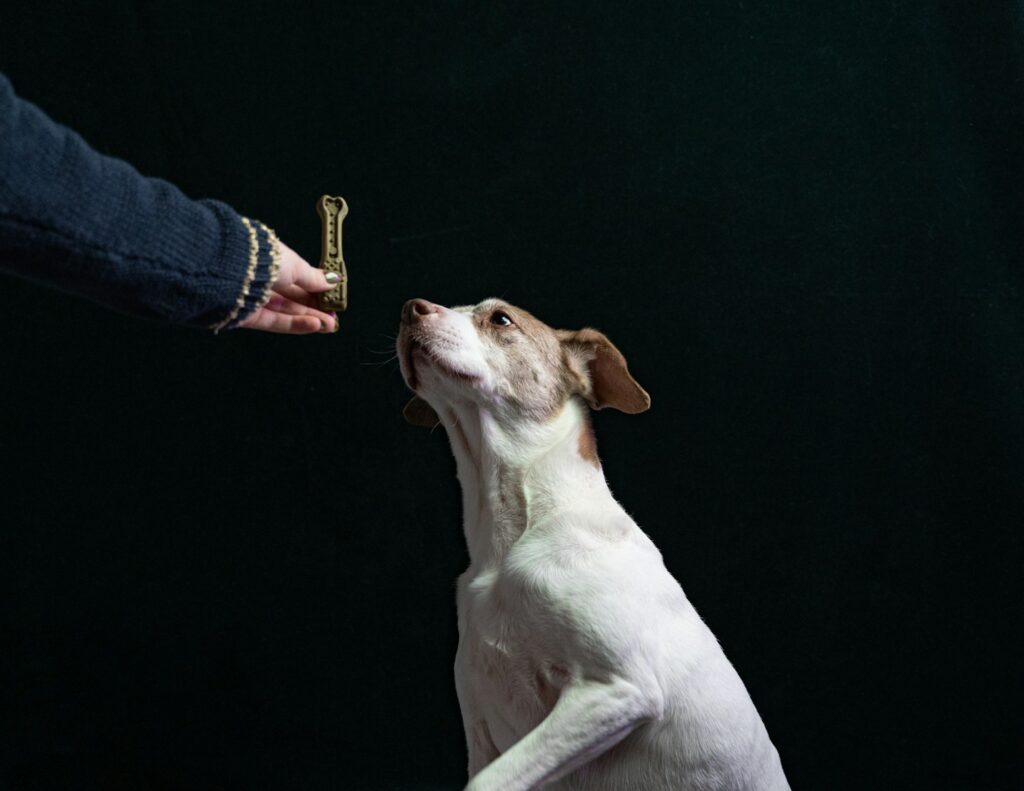
Photo by Sarah Shull on Unsplash
Making Training Successful
Regardless of the method you choose, consistency is crucial for success. All family members should use the same commands and reward systems to avoid confusing your dog. Training sessions should be short, frequent, and positive experiences for both you and your pet.
Patience is essential throughout the learning process. Dogs learn at different rates, and some behaviors take longer to establish than others. Celebrate small victories and remember that building a well-trained dog is a gradual process.
Regular practice and reinforcement help maintain learned behaviors. Even well-trained dogs benefit from occasional refresher sessions and continued mental stimulation through new challenges and activities.
Building a Lifelong Partnership With Effective Dog Training Methods
Dog training is not a destination but an ongoing journey of communication and relationship building. The methods you choose should support not just immediate behavioral goals but also long-term harmony between you and your furry friend.
The most successful dog owners view training as an opportunity to strengthen their bond with their pet while providing mental stimulation and structure. By choosing methods that align with your values and your dog’s needs, you can create a positive learning environment that benefits both of you for years to come.
Remember that every dog is unique, and what works for one may not work for another. Stay flexible, observe your dog’s responses, and don’t hesitate to adjust your approach as needed. With patience, consistency, and the right methods, you can help your dog become the well-behaved companion you both deserve to be.
